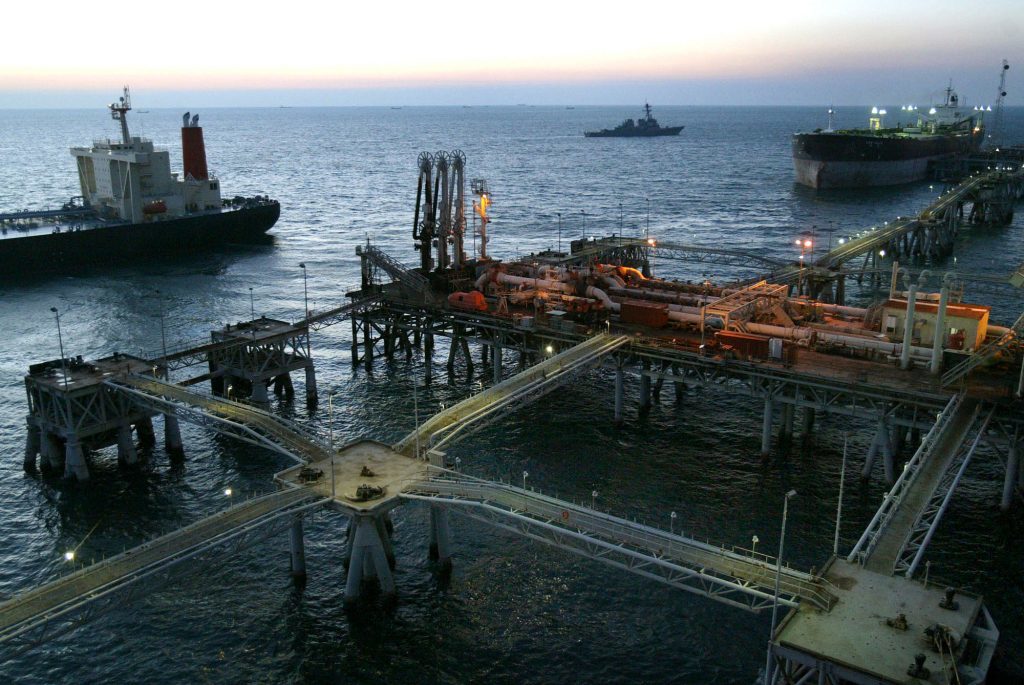
Oil steadied after a second annual increase, supported by concern that protests in Iran could lead to a supply disruption in OPEC’s third-biggest member.
Futures were little changed in New York after a 3.3 percent gain last week. The death toll during the unrest in Iran rose as security forces clashed with demonstrators rallying in a rare show of displeasure with the nation’s leaders. The country pumps about 3.8 million barrels a day.
Oil in New York climbed 12 percent in 2017 as the Organization of Petroleum Exporting Countries and its allies trimmed supply to reduce a global glut. U.S. crude output is also slipping from a record-high, with weekly production falling through Dec. 22 for the first time since mid-October. Any interruption to Iranian supply would be a significant shock to the market.
“Geopolitical risks are clearly back on the crude-oil agenda,” said Bjarne Schieldrop, chief commodities analyst at SEB AB in Oslo. “As of yet, there is no deep-seated concern for a disruption” in Iran. “However, if it was to happen it would have a huge impact on global crude-oil prices.”
West Texas Intermediate for February delivery was at $60.35 a barrel on the New York Mercantile Exchange, down 7 cents, at 10:05 a.m. London time. Total volume traded was about 9 percent above the 100-day average.
See also: OPEC Wins Over Hedge Funds to Make 2017 Oil’s Most Bullish Year
Brent for March settlement slipped 11 cents to $66.76 a barrel on the London-based ICE Futures Europe exchange, and traded at a premium of $6.40 to WTI for the same month. The global benchmark crude rose about 18 percent last year for a second annual increase.
Though the Iranian unrest that began Thursday in the northeastern city of Mashhad initially targeted the government’s handling of the economy, the focus expanded within a day to the religious establishment and state security forces. Accounts varied, but as many as a dozen people may have died.
“I would not be surprised if any outcome of the current crisis would be ultimately negative for the oil price,” said Eugen Weinberg, head of commodities research at Commerzbank AG in Frankfurt. “Should the protests lead to regime change, it might attract massive new investments and result in higher output.”
Oil-market news:
U.S. drillers targeting crude kept the rig count unchanged for a second week at 747, Baker Hughes said Friday. Repairs to a Libyan pipeline damaged on Dec. 26 were completed Saturday and delivery of oil to the Es Sider terminal has resumed, according to a person directly involved with the matter. The North Sea’s Forties Pipeline System, which carries crude used to price the Dated Brent benchmark, is fully operational after being shut early last month following the discovery of a crack.
Recommended for you
